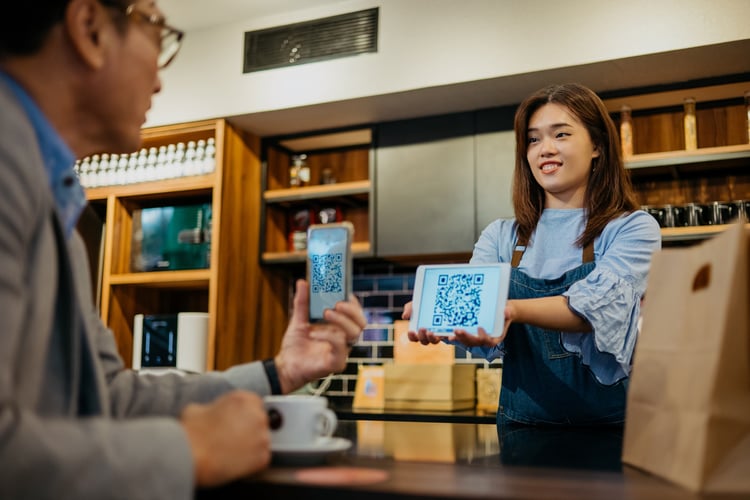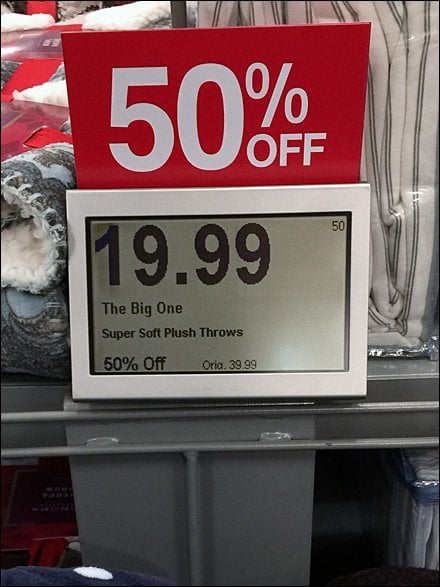Move over, TVs: your time as the undisputed heavyweight champions of digital signage is coming to an end.
While we won’t see TV screens disappear from the foodservice industry as a whole, they’ll no longer be the only digital display signage available or in use. Instead, as some of our own signage experts predicted late last year, we’re going to see more and more sizes, shapes, and varieties of screens hitting the market!
Here’s why…
Marketers want to create more personalized experiences.
Some industry experts believe that in 2022 and beyond, marketers and advertisers will want to use digital display signage to better connect with customers. They believe a personalized experience is where “the right content is delivered to the right audience at the right time.”
This means screens of many different sizes are potentially fair game if they help create these connections.
QR codes, for example, will continue to be popular because they bring information right to the customer’s fingertips, at the moment they need it. And you don’t need a big ol’ screen to show a simple QR code.

How does this translate over to foodservice? Don Combee, our Senior Manager, Hardware Operations, explained that customers are becoming more interested in touchless and mobile-integrated experiences, neither of which require you to hang large displays everywhere. In fact, a simple iPad-size screen with a QR code near individual food stations would do the trick.
Digital signage proximity is a big deal in retail.
Speaking of the importance of screen locations, industries like retail, supermarkets, and industrial have been on top of this strategy for over a decade, specifically in Europe and the Asia-Pacific regions.
For example, retail stores in countries like Germany and France have been using smaller digital signage for years, strategically placing them near the item(s) for sale. Tech companies are even creating electronic price tags for fashion retailers to attach directly to a piece of clothing!
We have one great example of signage proximity here in the U.S., and that’s the department store Kohls! Across all of its locations, the retail giant uses digital signs on top of clothing racks or on countertops to show the prices of those nearby items.
 Unaltered image courtesy of Fixtures Close Up via CC BY-SA 3.0
Unaltered image courtesy of Fixtures Close Up via CC BY-SA 3.0
So if digital signage in the non-commercial foodservice space takes any cue from retail, we’ll soon see the sizes of screens changing to meet the need for better placement and proximity.
Display limitations require new types of screens.
On that note, one of the biggest reasons that digital display signage won’t always look like TVs in non-commercial foodservice is because, as operators consider new places to mount their screens, these surrounding areas will present spatial limitations.
In fact, in a recent report on the global digital signage market, Grand View Research found that screen sizes below 32 inches earned the largest revenue share of the market in 2021 at over 40%. The firm attributed this to retail stores’ limited dimensions and spaces available for digital displays (i.e. not a lot of wall space for large TVs, but lots of counters, shelves, and racks).
It’s easy to see how space constraints could impact the foodservice industry’s use of digital signage unless a variety of screen sizes are used.
For example, no one wants to put a big, unwieldy sign on top of a food station when a smaller screen would easily do the trick! And if you want to label a bunch of items housed in a cooler, it just makes sense to put smaller displays in or near that cooler.
For these reasons and more, digital display signage is bound to look different in the non-commercial foodservice space soon. The industry is ready for digital signage that goes beyond TVs – are you?
Read up on what else the future holds in store for digital signage in foodservice!
